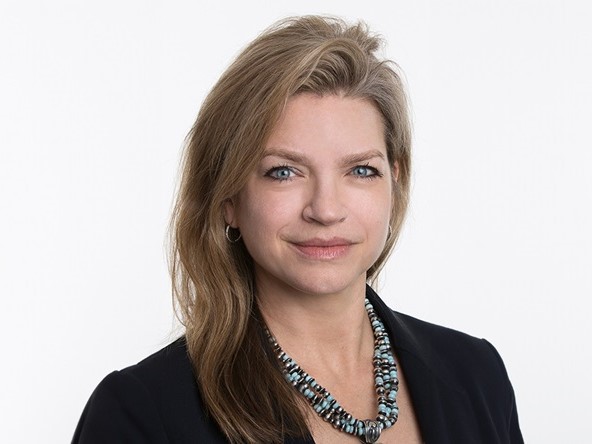Program Sector Growth
Program Business Administrators Outpace Market

The financial performance of commercial property/casualty insurance program administrators continues to outpace the performance of the overall property/casualty insurance markets, according to the Target Markets Program Administrators Association.
The TMPAA’s latest annual survey revealed that program business premium revenues increased by 9.8 percent, reaching $30.1 billion in 2013, up from $27.4 billion in 2012. That’s compared to a 4.6 percent increase in direct premiums written for the overall commercial lines marketplace.
“Carriers are attracted to program administrators for several reasons, the biggest being the segment’s ability to outperform the general marketplace through focused underwriting and deep understanding of the industries being served by expert underwriters,” said David Springer, group president and COO of NIP Group, who also serves as president of the TMPAA.
“Additionally, it is a more efficient distribution model for a carrier as they can ‘pick up’ volume through a single source rather than building distribution in a class over time,” he said.
Chris Pesce, president of Maritime Program Group and a member of the TMPAA advisory board, said the success of the program business is driven by “two specific reasons.”
“Firstly, there’s a record amount of capacity in the market that needs to get deployed,” he said.
“Carriers have the capacity and desire to grow and expand but often lack the distribution. The PA model allows the carrier to quickly gain traction in a niche industry segment for which they had no prior experience.
“Through the PA, they get immediate penetration with the retail distribution that’s driving that class of business without having to incur the expense of finding them one over one.
“Secondly, the PAs typically engage in a niche class for which they develop a deep expertise and often a personal passion.
“From an underwriting perspective, this leads to a much more intimate knowledge of that class and understanding of how to underwrite the class profitably. This is hard for the carrier to replicate using staff underwriters that have no specific passion or expertise directly in the class of business they’re underwriting.
“For example, a commercial auto underwriter isn’t likely to succeed as a yacht underwriter,” Pesce said.
“In addition, the overall acquisition cost of utilizing a PA is more attractive than trying to build a profitable portfolio organically when contemplating the cost of building the retail distribution, underwriting talent and systems support. If a PA brings all of that to the table, it’s a compelling model for the carrier to consider.”
However, a number of challenges were also identified by the study, including effective deployment of technology; overcapacity in the market, which will pressure pricing; and finding qualified talent.










